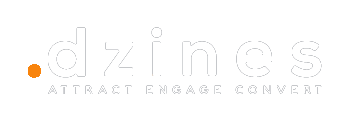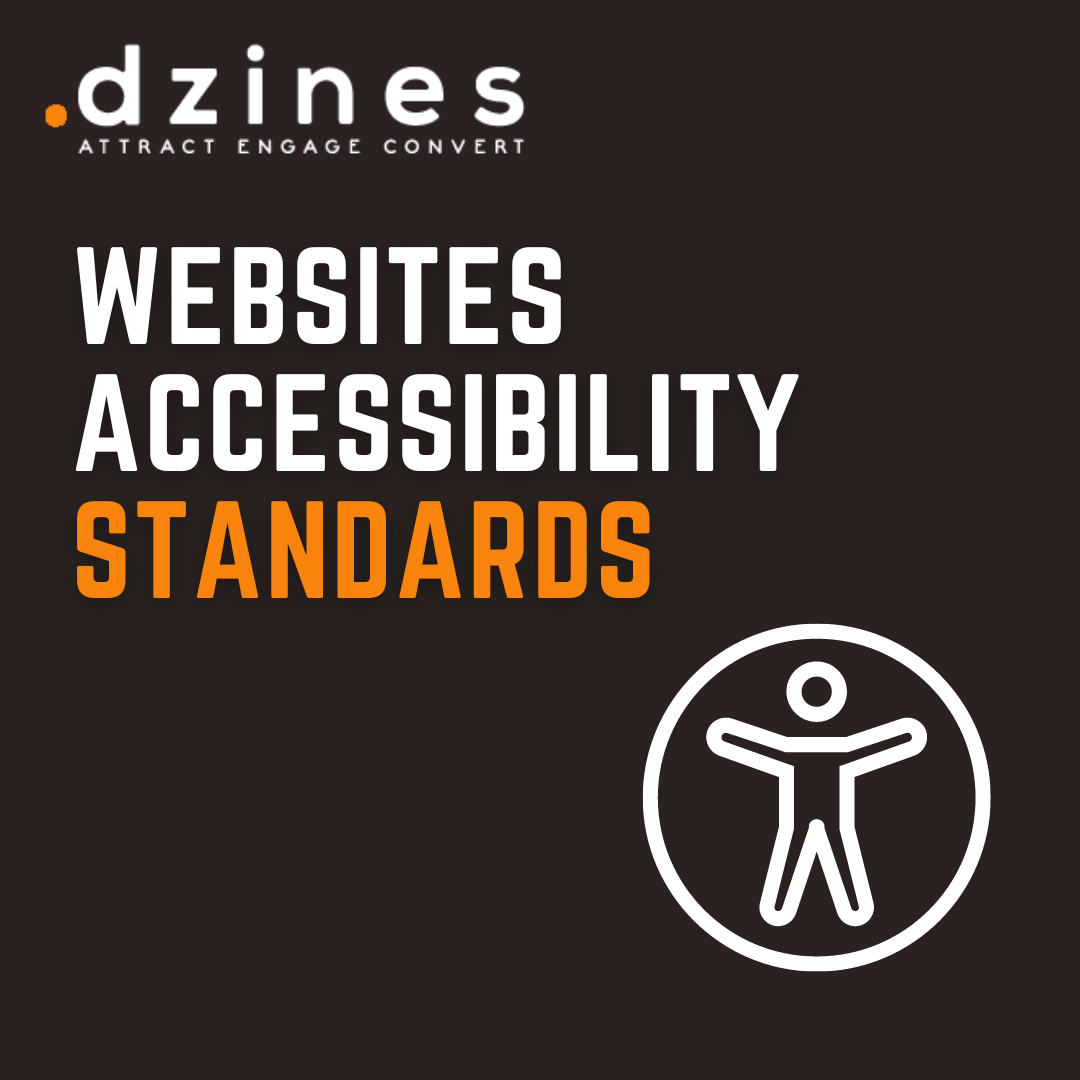In the world of web design and development, building optimised, fast, and high-performing websites is the core of our mission. But there’s another element that often slips under the radar for many businesses: accessibility standards.
As dedicated creators in the web design and development sector, our ethos is built on the belief that websites should be inclusive, catering to everyone without exception.
In this article, we aim to illuminate the critical aspects of web accessibility standards and the necessity of accessibility statements, as well as their implications for your business.

Table of Contents
What is Web accessibility?
Web accessibility simply means that websites are designed and developed so that people with disabilities can use them. When a website is fully accessible, all users have equal access to information and functionality, including those who use assistive technology like speech recognition software, or a user who is visually impaired and needs a screen reader to interpret the content on the site.
Why is Accessibility Significant?
Creating an accessible website isn’t just about aesthetics and being inclusive. It’s a legal necessity in the UK, where all websites must be user-friendly for people with disabilities. If you ignore these rules, you could face hefty fines and risk damaging your brand’s reputation in the market. Plus, having an accessible website sends a positive message to your users – it shows you value every visitor’s experience.
Understanding the Web Content Accessibility Guidelines (WCAG)
The WCAG, formulated through the W3C process, are globally accepted principles that strive for a unified standard of web content accessibility catering to individuals, corporations, and governments worldwide. These principles guide us in designing and developing websites that are accessible and user-friendly to everyone.

WCAG consists of three tiers of compliance: Level A (the most basic level of accessibility), Level AA (tackles the majority of obstacles for disabled users), and Level AAA (the most comprehensive and complex level of web accessibility). As a general rule, businesses strive to achieve Level AA compliance.
The role of Accessibility Statements
An accessibility statement is the best way to transparently show that you are doing your all to include every user type. It also demonstrates that as a business you are aware of the expected standards.
Your Accessibility Statement should cover the levels of web accessibility your site meets, how the site has been tested for accessibility, any known areas where the website falls short, and how users can get in touch if they encounter issues.

What may not be an obvious accessibility issue to you, might be for other users. Testing the contrasts in colours that your website will use is crucial when aiming for accessibility, as well as implementing descriptive Alt Tags on images for example.
The Consequences of non-compliance
Non-compliance with accessibility standards can lead to several unfavourable outcomes:
- Legal implications: Companies that fail to comply with accessibility standards can face legal actions, which are rising each year.
- Loss of business opportunities: If your website is not accessible, you are effectively shutting out a significant portion of potential customers who may have disabilities.
- Damage to brand reputation: A website that doesn’t take into account accessibility can damage your brand’s reputation. It sends a message that your business does not care about all of its customers equally.
How We Can Help Your Website Comply with Accessibility Standards
At Dzines Digital, we strive to create websites that everyone can use. We understand the WCAG guidelines and how to apply them to create a more accessible web experience. We will help you assess your current site’s accessibility, develop a plan to address any issues, and create a comprehensive accessibility statement that communicates your commitment to digital inclusion.
Remember, making your website accessible is more than just meeting guidelines—it’s about extending your business to reach all potential customers, ensuring they have an optimal user experience. It’s good for your users, and it’s good for your business.
Let’s make the websites accessible for everyone, together. For more information on Accessibility then contact us today to get started on the journey to an accessible website.




